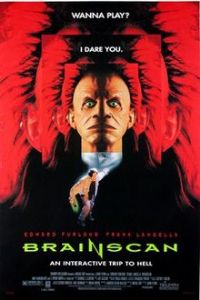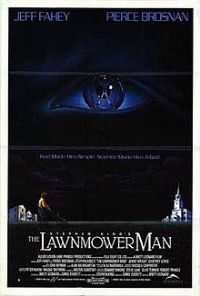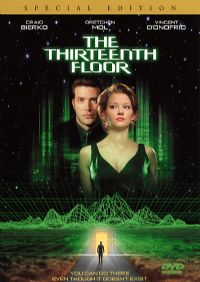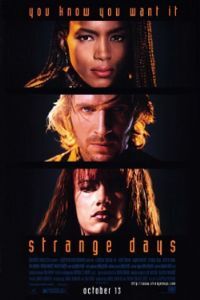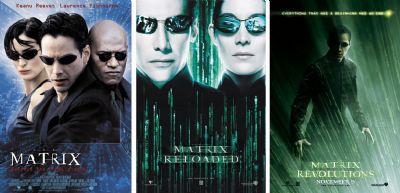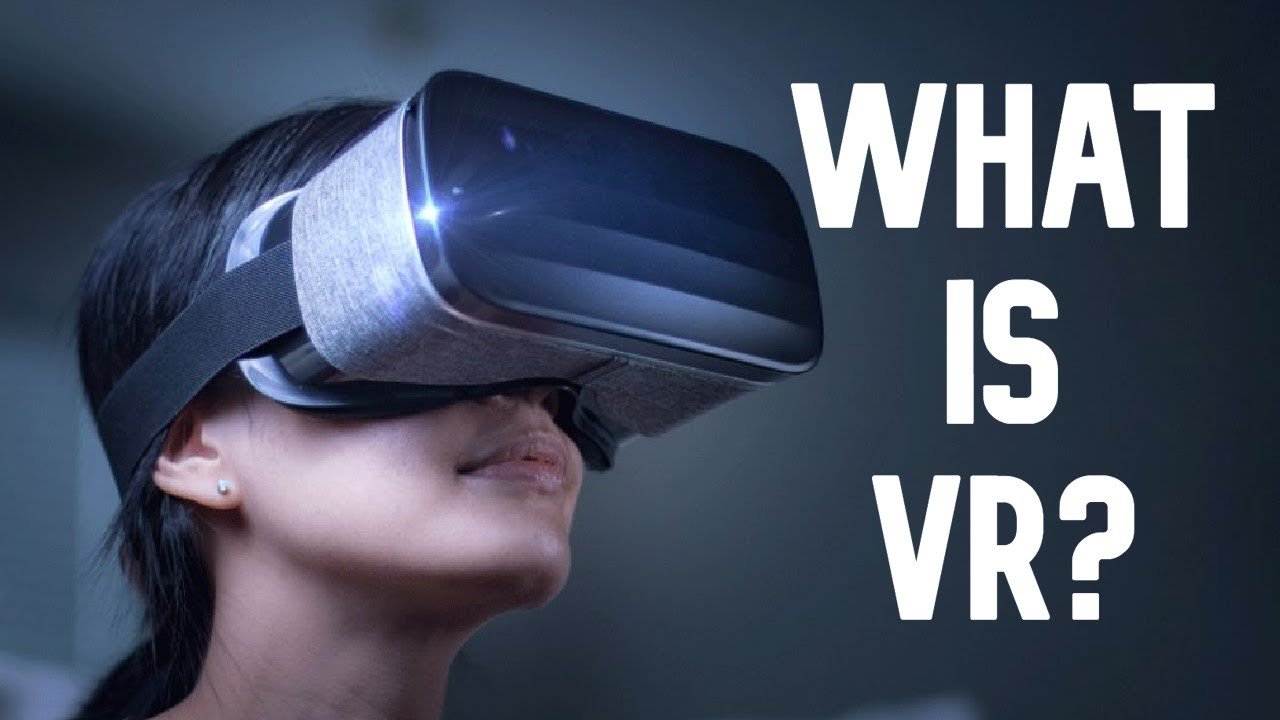
What is virtual reality? When did it start?, where does it take humans and what does it have to do with artificial intelligence and technological singularity.
The article will start with my personal story and end with the story of humanity.
It was the early 90s. My mother took me to the mall. There I saw for the first time a unique video game. It was virtual reality. I was only 13 years old (Bar Mitzvah period).
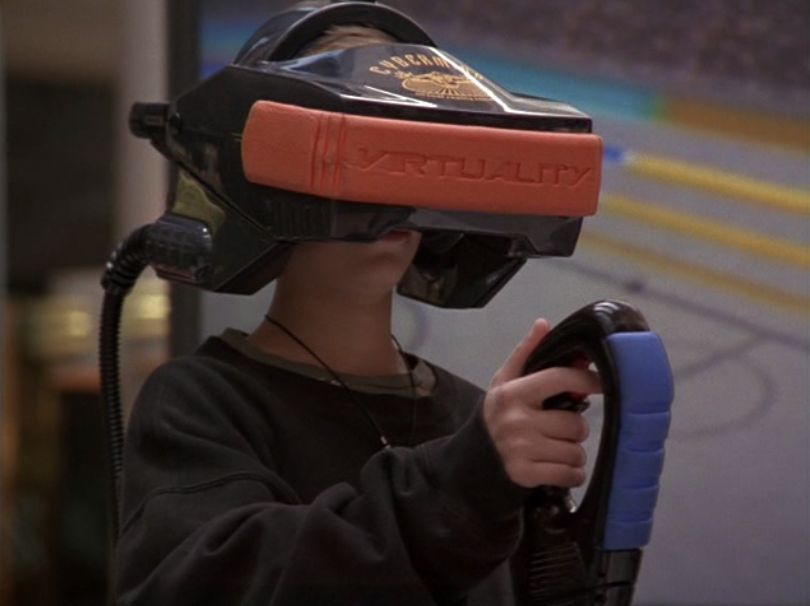
I recall being a small child, enthralled by the enormous machines that appeared to be from the future or from another planet. I ask my mother to give it a shot. I remember exactly when I went diving for the first time. The operators of that strange machine dressed me in a huge suit and helmet; the equipment was incredibly heavy, but I didn't mind. It transported me to another world. Back then, they used an Amiga 500 computer to power the virtual reality games in the headset.
(I loved the Amiga computer so much that I bought one at my bar mitzvah)
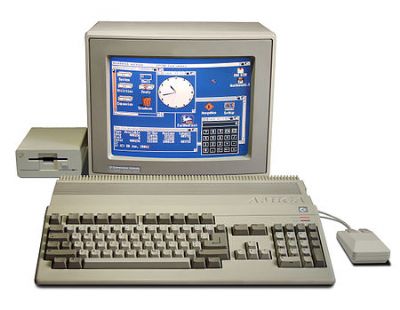
A trip into the depths of oblivion
It's important to remember that in the 1990s, the Commodore Amiga was a "super" computer. He was the King of computer graphics technology. Most of the people back then didn't own a computer, and those who had PC-compatible computers had to load an operating system to the computer in order for it to boot and only then they could enjoy simple games and basic graphics In yellow or green, karateka game someone, remember ?
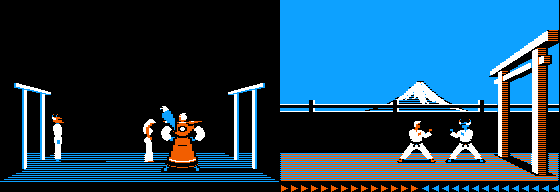
Oh Amiga, how much I miss you.
The legendary Commodore International company manufactured AMIGA in 1987. Commodore successfully created the Amiga 500 computers, which became the company's best-selling model back then.
It was a kind of new combination: PC and game console all together. The launch date was July 23, 1985; The company did not survive the virtual reality crisis of the 1990s, but Commodore is definitely one of the Apple building blocks you are familiar with today.
Now, back to the story: After the positive shaking experience, I decided I needed a virtual reality at all costs, but first, I needed a powerful computer, which back then cost a ton of money, so after I completed my bar mitzvah, I took all the money and invested it in a new brand amiga 500 computer, I'm sure that if you had an amiga in the 1990s, you know what I mean, but unfortunately the virtual reality market start to collapse wean i just purchased my computer. No worries, I told myself it will come back big because there is no way it will go away.
As a kid who grew up watching science fiction movies, I saw the VR technology's enormous potential and realized it was the next first stage for a brain machine interface (BCI). I knew that as the technology will advance, the world will change and people will become avatars that live in mega-verse today's (metaverse). Nothing will stop it, I remember thinking to myself, before it vanishes as quickly as it appeared.
Almost thirty years later,
In retrospect, VR has been absent for over three decades. Several factors contributed to virtual reality's demise in the 1990s. The games were simple and unwieldy, with poor graphics and a heavy game! However, it left me, and many other gamers of the 1990s, feeling bereft and sad. We had left an indelible mark on our childhood in a single moment of virtual reality immersion. I've been waiting for technology to advance and return since then, and one day it will. I first heard about virtual reality making a comeback.
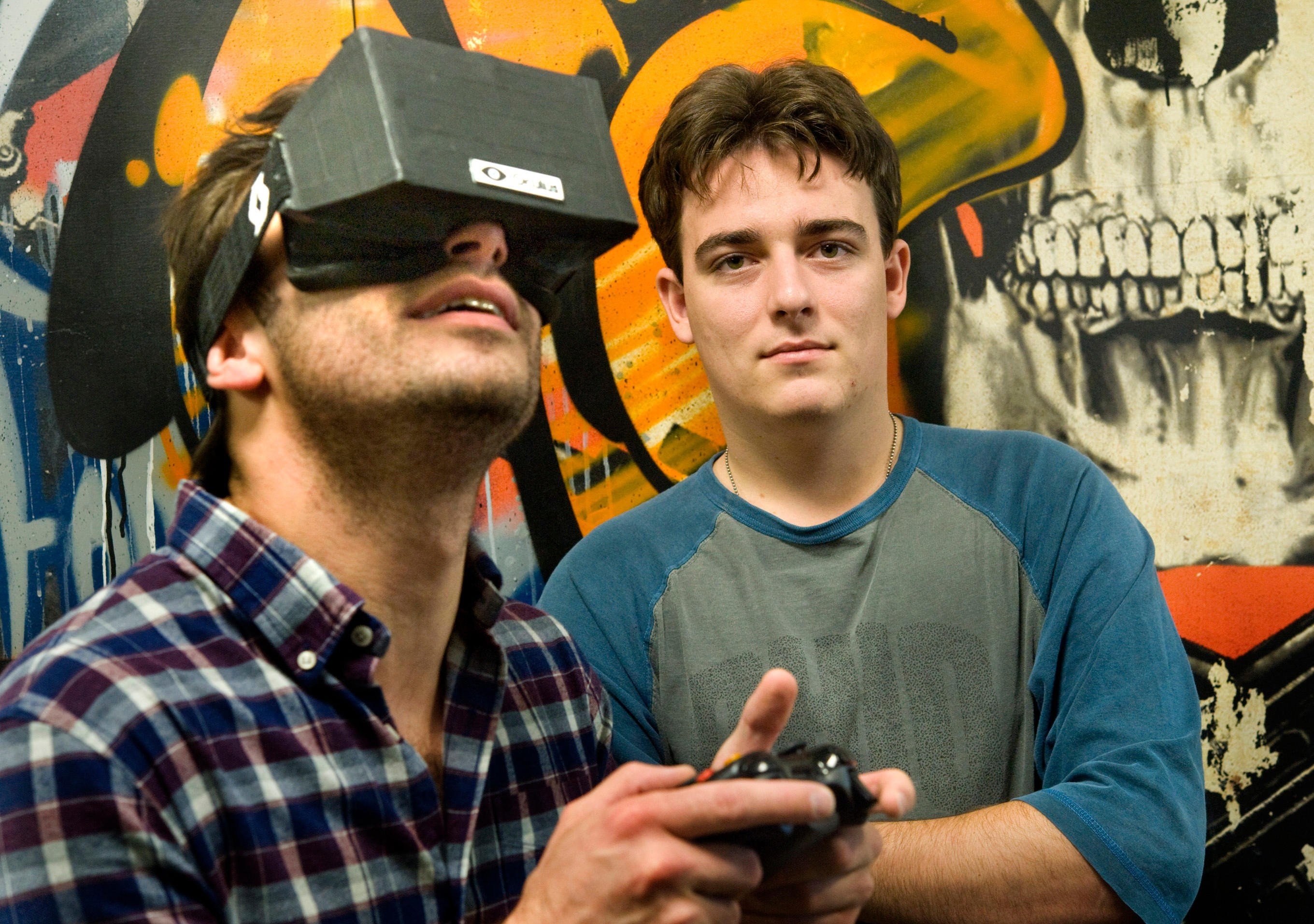
So what is virtual reality? And when did it start again?
In July 2012, a young man named Palmer Luckey announced the Rift, a virtual reality headset designed for video gaming which he developed. Palmer launched a Kickstarter campaign.
The lack of available virtual reality glasses frustrated Lucky, who was in a bad spot, with a low field of view, a high price, and the weight of a small elephant. In 2009, he began experimenting with his own designs to solve the problems of vr glasses. In 2010, he finished his first prototype, PR1, in his parents' garage when he was 17 years old. He designed virtual reality glasses with a 90-degree field of view (FOV) minimal lag, and built-in aspect feedback.
Lucky has created a series of prototypes that test features like 3D stereoscopy, wireless technology, and a 270-degree field of view, all while reducing the size and weight of its systems. In forums frequented by a few virtual reality enthusiasts, he provided regular updates on his progress. His sixth-generation device, dubbed "RIFT," as he sold as a DIY kit. In April 2012, he posted the project on Kickstarter, a crowdsourcing website.
The rise of Rift
The Oculus Rift CV1 were Oculus VR's first commercial virtual reality goggles. The commercial goggles appeared right after the developer models DK1 and DK2, which came before them.
John Carmack, a software developer, a game developer famous for his work on the video game series Doom and Quake, asked to order himself a virtual reality glass of Malaki, who lent it to Karmak for free. Carmack used it to show the power of VR Doom 3: BFG Edition at the 2012 Electronic Entertainment Show.
Lucky showed the unit to Valve, and received Kickstarter approval from Valve CEO Gabe Newell, who said, it looks incredibly exciting. If anyone can solve the intractable problems with this technology, it's Lucky. We think Palmer is going to do it. We highly recommend you to support this Kickstarter. When Lucky launched his Kickstarter campaign for Oculus, he received recommendations from other prominent figures in the gaming industry, including Cliff Belzinski, David Helgason and Mark Bolas.
During the Kickstarter campaign, Lucky showed the Oculus to gamers and the press at many gaming conferences, including PAX, Gamescom and Quake Con 2012.
The Kickstarter campaign was successful, raising $2.4 million, or 974% of its original target. After raising more than $1 million, Brendan Iriva was hired by Lucky in August 2012 to become CEO of Oculus. Because of their successful campaign, Oculus VR expanded, got more employees and more office space.
A few months later, another article appeared in the newspaper, but this time in a huge headline "Facebook buys Oculus for $2 billion," then I realized! VR has returned forever, and it was the moment I've been waiting for. I left my field of business in digital currencies and joined the revolution. (I knew then that the Cryptocurrencies would return at a later stage as part of virtual reality)
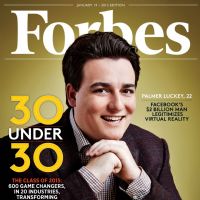
Now we're going to travel back in time to the year 1962
In 1962, a revolutionary invention presented to the world The Sensorama it was a machine that was one of the first known examples of immersive, multi-sensory technology Morton Heilig introduced this technology and it is one of the first virtual reality (VR) systems that we know of.
the year 1965.
The first cosmonaut launches into space, the Vietnam War erupts, and a man named Ivan Sutherland puts his new headset display technology (HMD) to the test, which will eventually serve as the foundation for virtual reality technology in the year 1965.
It based the technology at the time on creating moving films from still images, which were ineffective, and the biggest issue was the equipment's size, which took up an entire storage floor. Ivan Sutherland was the first to make virtual reality technology feel like it is another world or alternate reality.
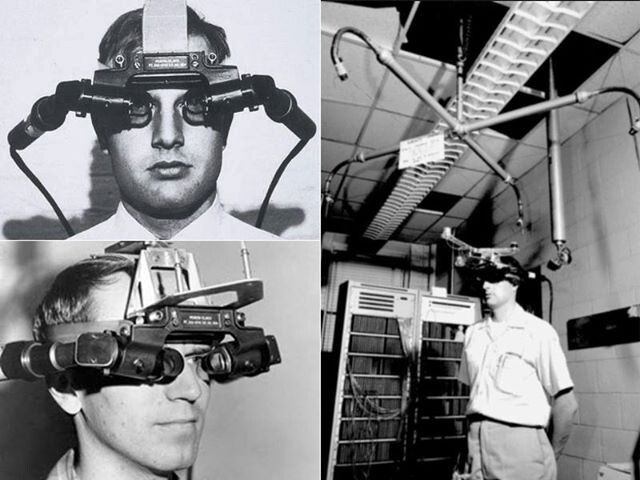
Virtual reality in the sixties and the eighties
Virtual reality was first used in the 1960s by the US military, researchers and NASA, but serious progress in the field did not occur until the early 1980s. Virtual Reality goggles were first introduced by NASA for fighter pilots, and it was only then that the concept of virtual reality goggles, or mix reality, was born. It amused me they based their virtual reality on a standard motorcycle helmet.
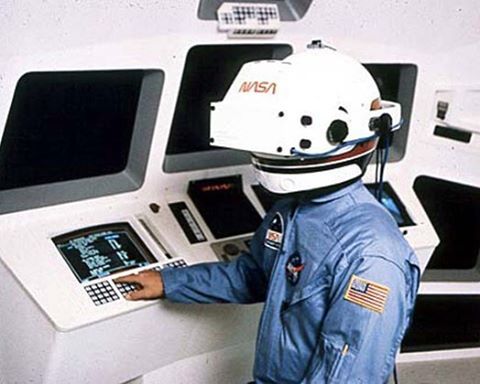
Before we continue with the fascinating story and cross the present line into the future, I think it's important to mention Randy Pausch's story.
1980s Randy Pausch's story how it relates to our story?
The story takes place in the 1980s. A man is best known for his lectures on how to fulfill our childhood dreams and self-fulfillment.
Randy Pausch was a Disney employee when experiments incorporated virtual reality into the industry, Randy began a series of lectures and courses of virtual reality, thanks to Randy, an entire generation of programmers dreamed of virtual reality, which of course led dreamers to the realization of virtual reality today.
Let's jump back to the 1990s
The 1990s were a decade in which pop culture took off. We all made new friends, dance moves were just invented, and fast food became even more popular. Some of these American icons are still relevant today, although they ended over 20 years ago.1990 was the year that many companies first introduced virtual reality technology, and it was also the year that they first introduced the technology to the world and shape humanity's future.
In the 1990s, a variety of 360 virtual reality glasses became available in the United States. The world's most powerful corporations put those massive displays on. They included treadmills and walking facilities in some Virtual Reality headsets. Let's look at some photos from back then.
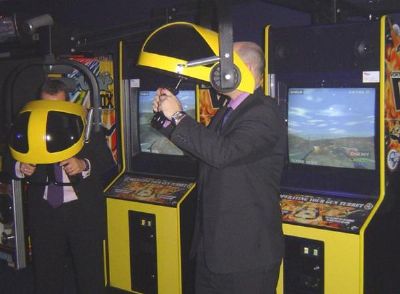
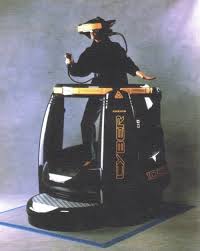
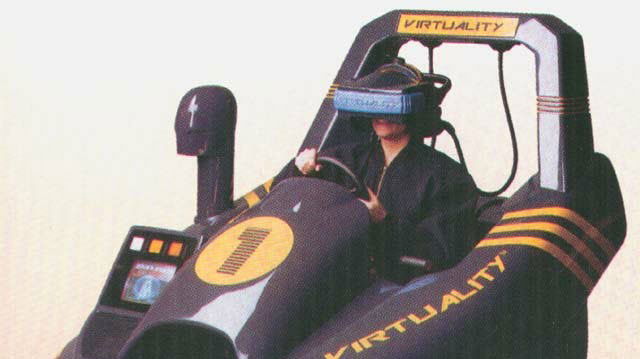
Virtual reality movies of the 1990s
The largest company that owned complexes in the field called the VR Group, a Japanese company that turned an entire generation into a virtual reality dreamer. movies like the thirteenth floor, the matrix 1,2,3, strange days, eXistenZ, lawn mower, and many others flourished back then.
If you're a fan of virtual reality and the metaverse, it's time to run and watch those movies if you haven't already.
The major tech companies of the 90s
The major tech companies of the 90s were Nintendo and Sega, and the two giants released Virtual Boy by Nintendo and Sega VR by Sega shortly after.
Nintendo and Sega aimed virtual glasses at both consoles at the home market, but they failed customers was vote with their wallets. Several factors, including outdated technology and computers that were too slow to run the graphics, which were already poor, caused their failure. Below you can see the Nintendo and Sega VR home models.
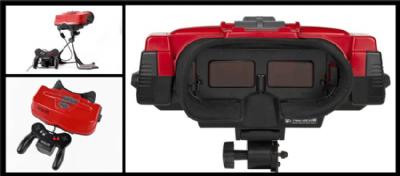
Nintendo Virtual Boy
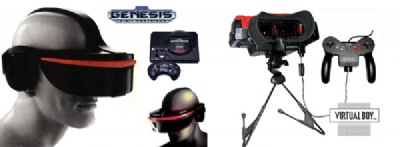
Sega VR
To be continued...
The article was written by Amit Caesar
Here are some exciting new articles you don't want to miss!
- Feeling Frosty: VR Cold Sensation Tech is Here
- Apple Vision Pro: The Future of Spatial Computing
- Can Virtual Reality Smell Your Farts?
- Meta Quest 3: Everything you need to know
- Amazing products for your VR from Amazon
- The Best Accessories for Microsoft Flight Simulator
- Experience the future of sex with virtual reality and artificial intelligence
- Virtual Reality: A whole new world opens up to you on eBay
- How to Watch Netflix in VR: A Step-by-Step Guide
Here are the links to my social media pages:
Facebook: [link]
YouTube: [link]
LinkedIn: [link]
Twitter (x): [link]
